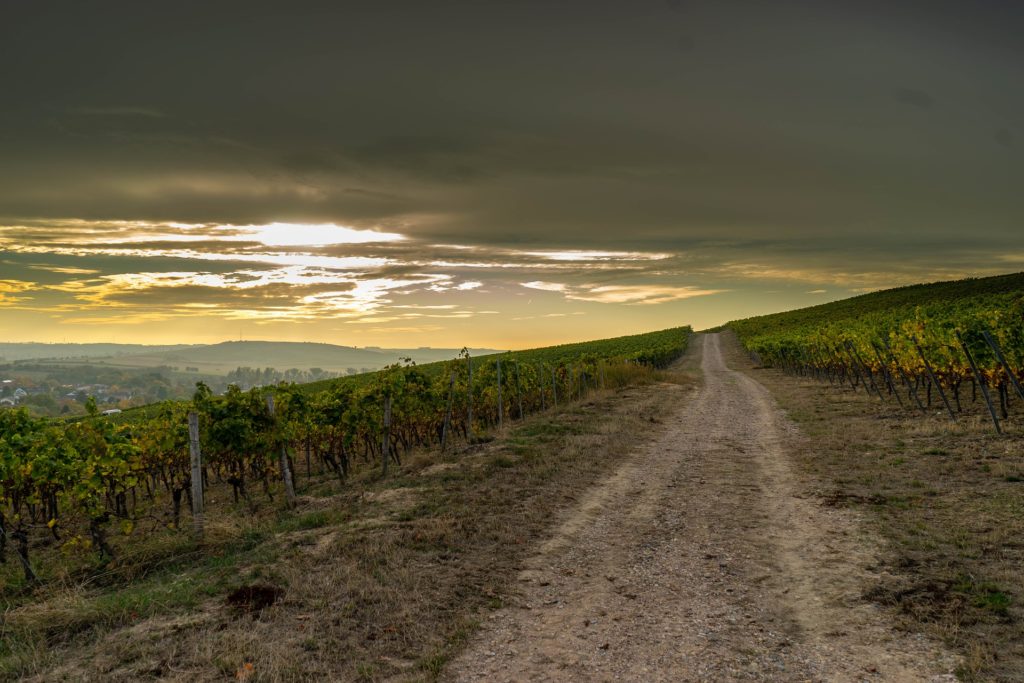Wine has always been connected with environment, location and climate. Grapes harvested in different regions have different depths of flavour. Even grapes from the same vineyard can differ every season, depending on the weather. Given that, it’s not surprising that the vast differences in weather patterns we are experiencing around the world thanks to climate change are affecting the wine industry in a big way.
How does extreme weather and climate change affect wine?
The flavour profiles of different wines are impacted by increased temperatures and unpredictable weather. This is the main difference for consumers. But for farmers and vineyard producers, there is a much bigger impact.
Scientists now say that growers must implement changes to the way they grow. For example, they should experiment with different, lesser-known grape varieties and try different irrigation methods. However, these are often too expensive and risky for many.
The past four years have presented the world with the hottest ever temperatures. As grapes generally need temperate climates, this has vastly affected crops. The unpredictability of droughts, rainfall, hail and heatwaves is also devastating. And while farmers of all kinds are affected, grapes are particularly vulnerable.
The climate and soil is changing
While wine growing regions such as California battle with ever-increasingly devastating wildfires, other subtle changes are impacting grapes too. Some regions are undergoing changes in soil salinity, due to rising sea levels. Growers are also dealing with increased vine diseases and damage caused by pests.
In the past, the chill of winter frosts has been enough to kill off many pests. However, if the temperatures continue to be higher than freezing, pests will only increase and cause more problems.
The wine industry is hugely dependent on changes in climate and soil. Experts say that four aspects make up wine: the soil, the grape, the topography and the weather. Even a single vineyard can include multiple different microclimates, due to exactly how much sun grapes receive in different positions. The weather affects the acidity of the grape, as well as its sugar and tannin content.
Harvests shifting forward
As temperatures continue to increase year on year, grapes are harvested sooner than ever before. If they stay on the vine, too much sun will mean the grapes contain too much sugar and therefore alcohol. However, harvesting earlier means losing some of the complexity of flavour. This is drastically changing previously reliable flavour profiles. For example, in New Zealand, most of the exported wine is Sauvignon Blanc, which is loved for its acidic gooseberry notes. Its flavour profile is changing and is now more ‘mellow tropical fruit’.
Many vintners have already started to use climate-intelligent agricultural practices. But this isn’t always possible for all farmers, due to cost and availability of the technology needed. The kinds of measures taken include drop irrigation and cover cropping to help conserve water and soil, using nets to protect vines from hail and growing shorter vines.
Others are shifting their focus onto slops that face south to reduce exposure to the sun. Yet others are moving their whole vineyards to cooler regions and higher altitudes. Even the simplest changes to the way farmers grow grapes comes at a higher cost in terms of additional labour and equipment.
There’s no doubt that the global wine industry is experiencing a time of change. Decisions must be made by growers regarding investment into new growing practices to future proof their crops.

